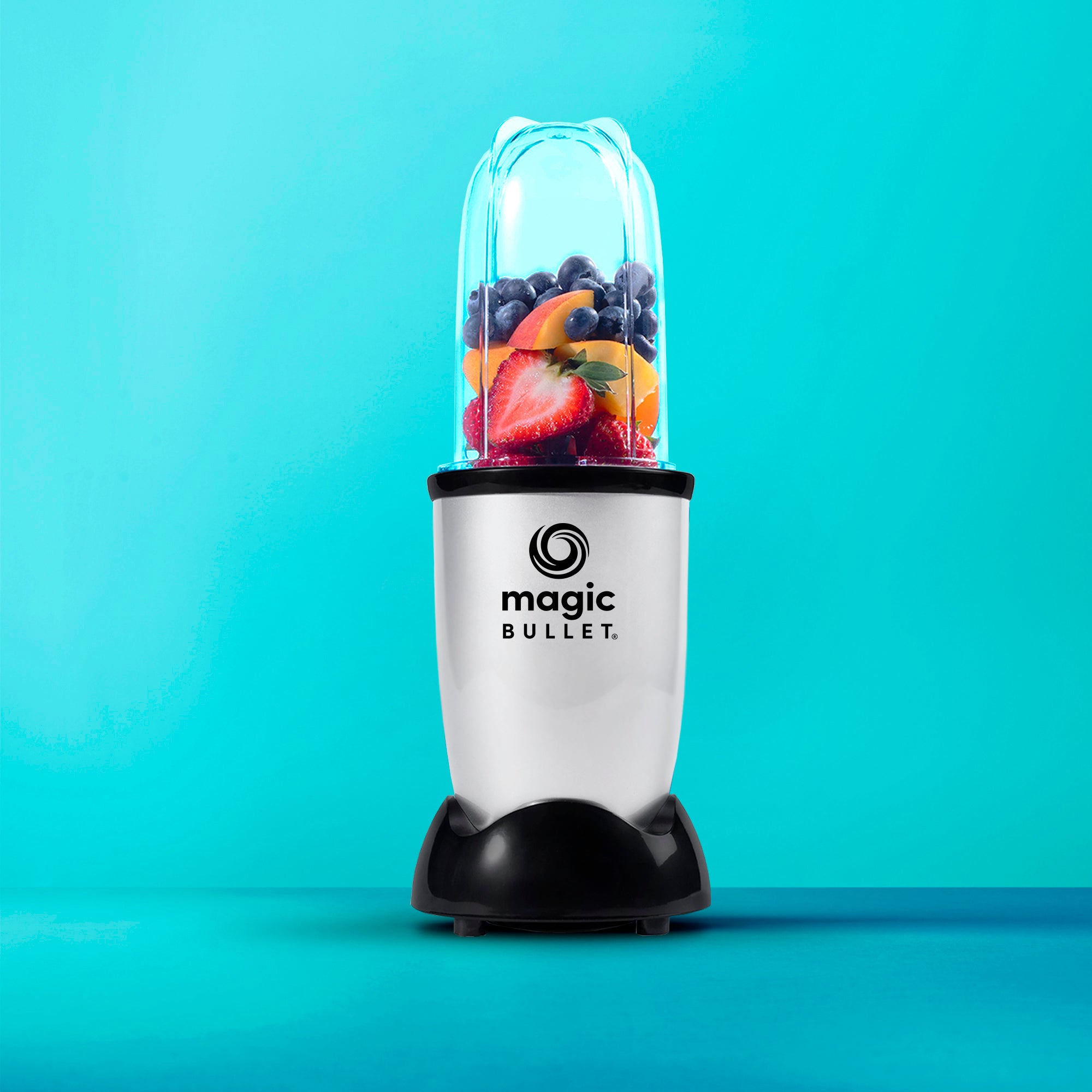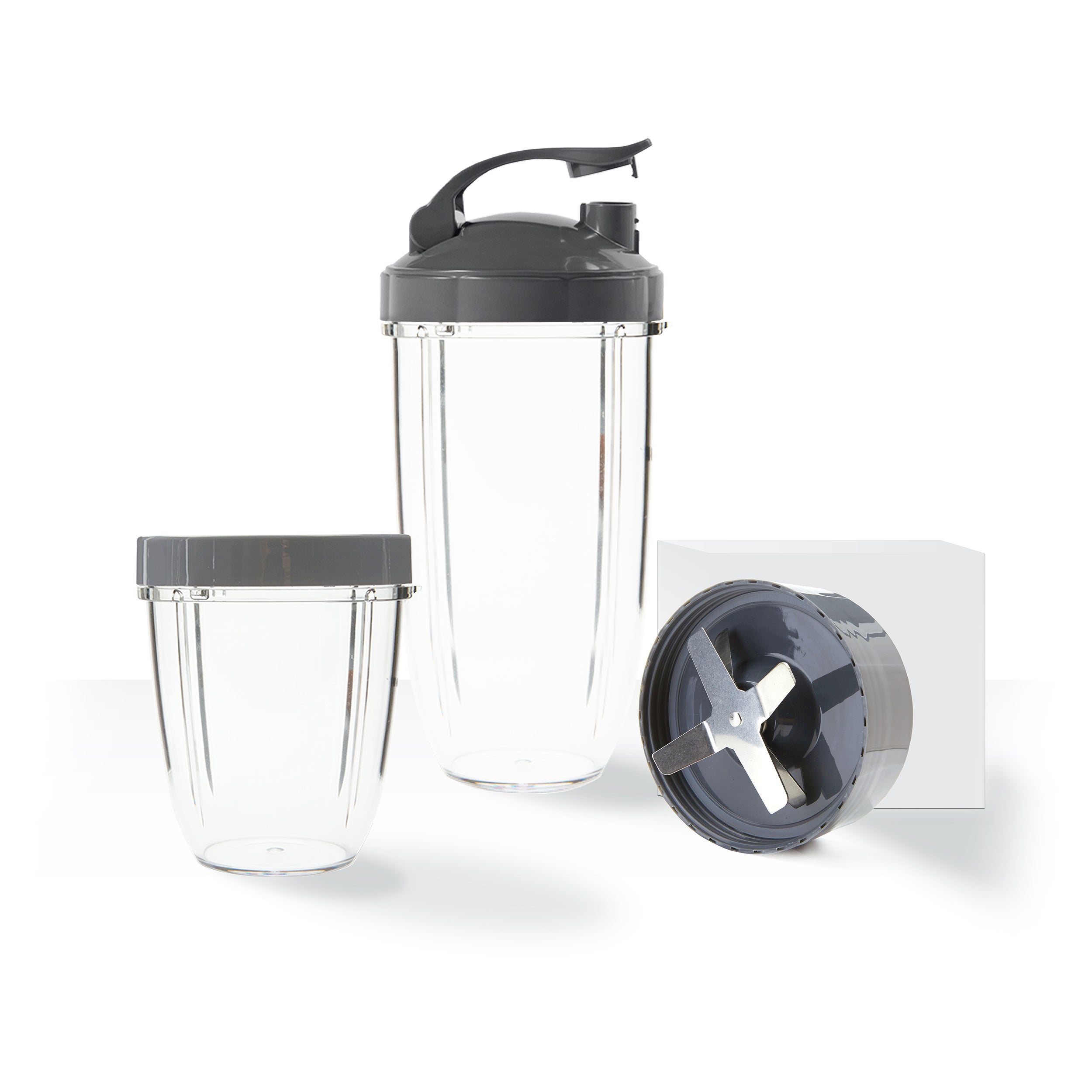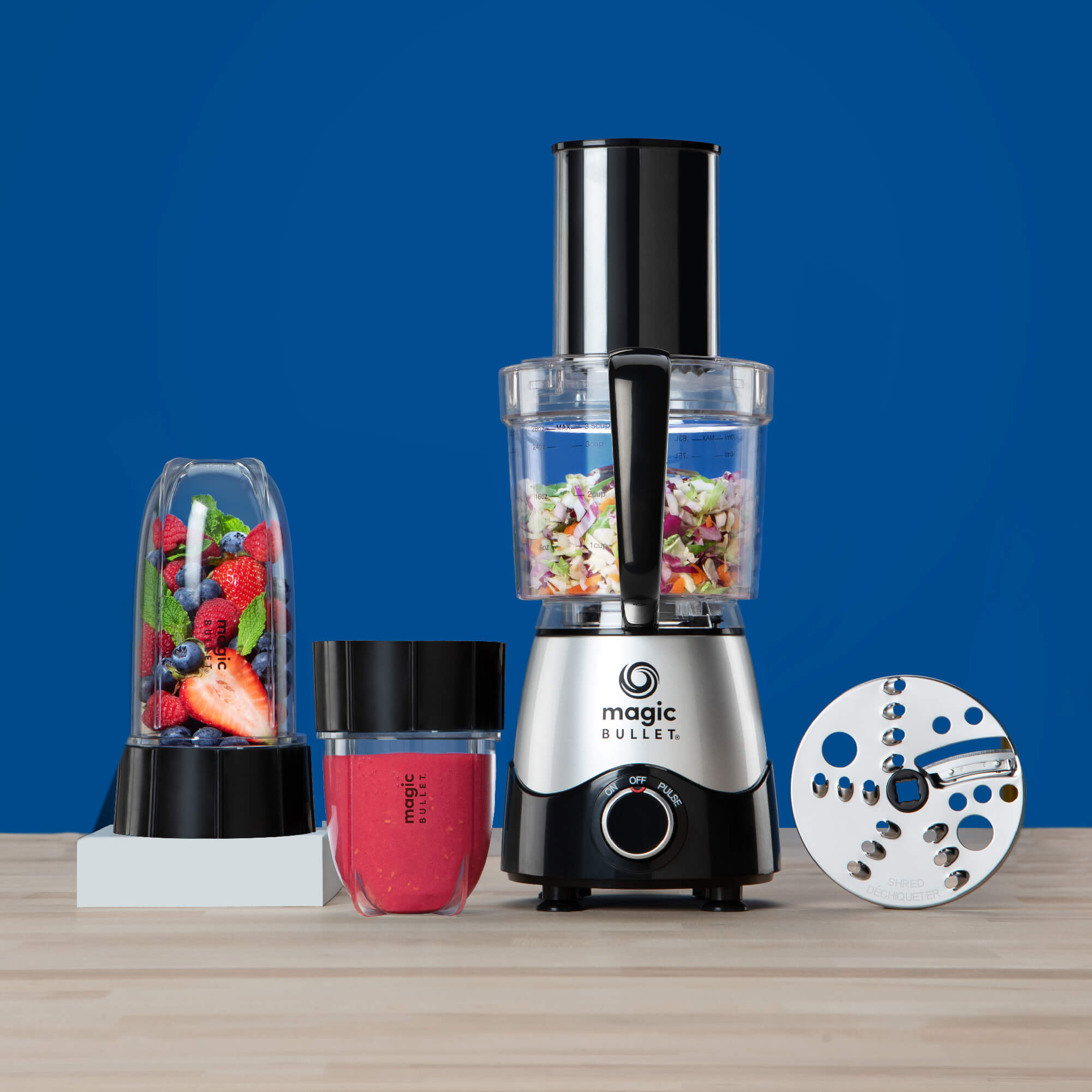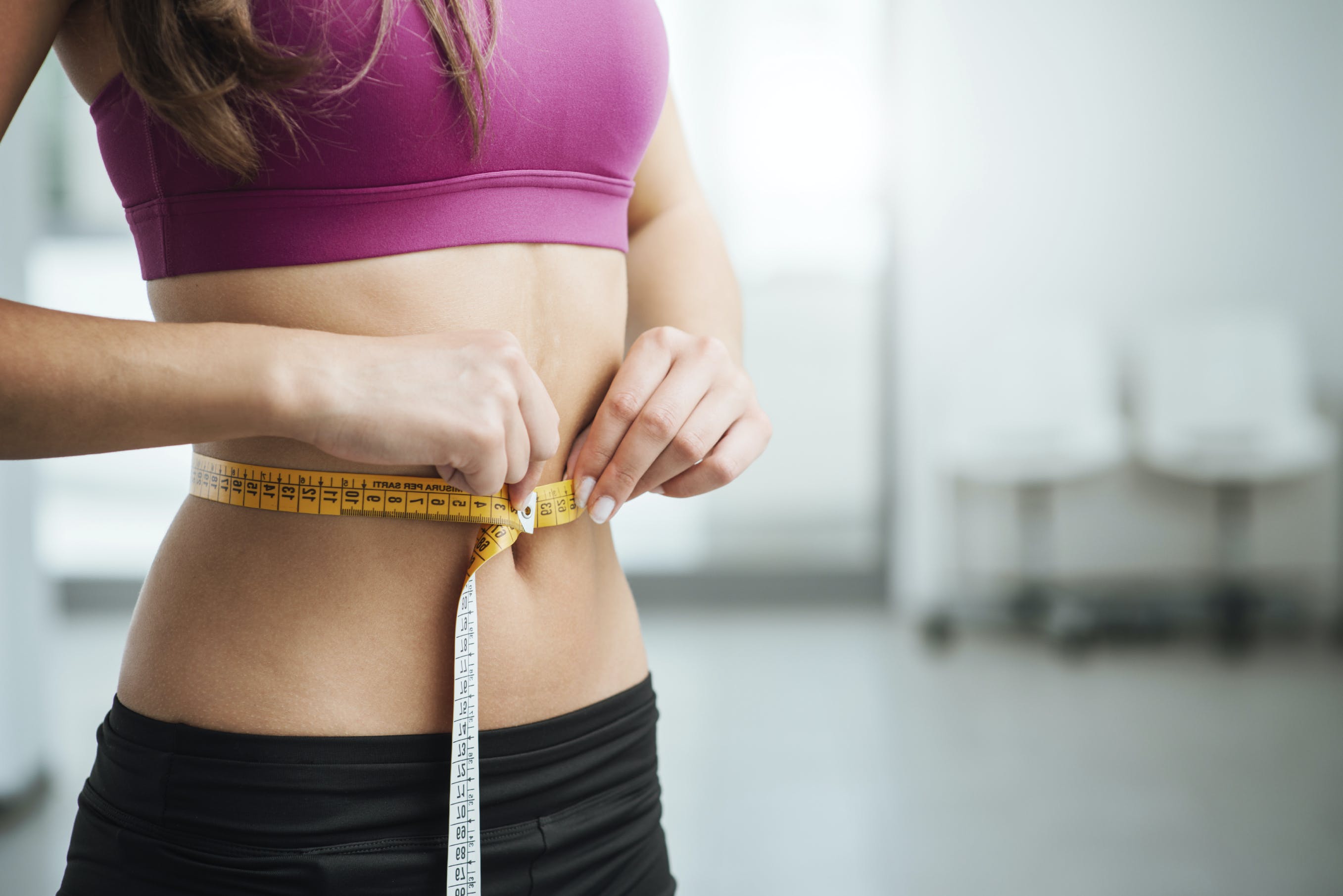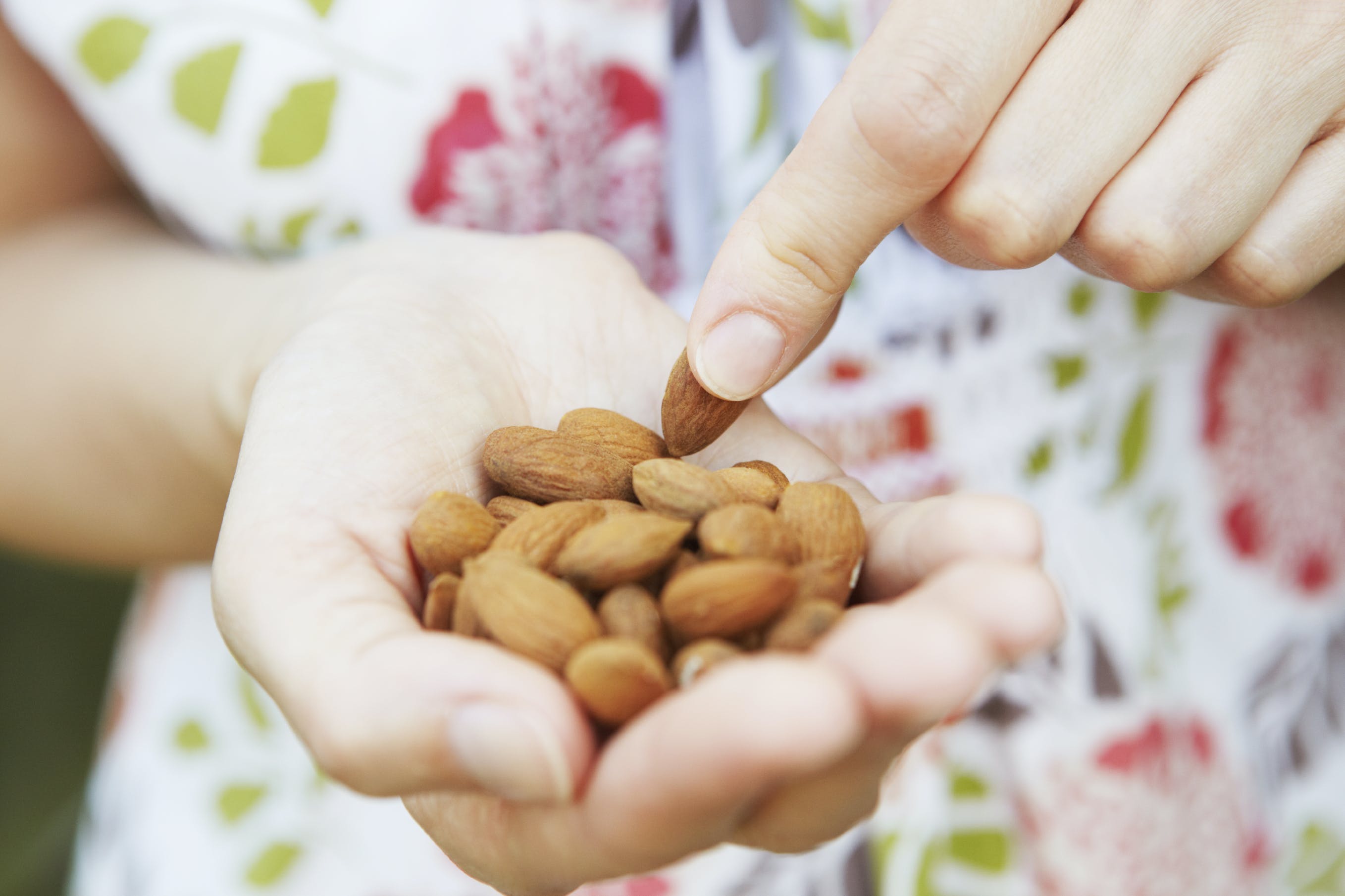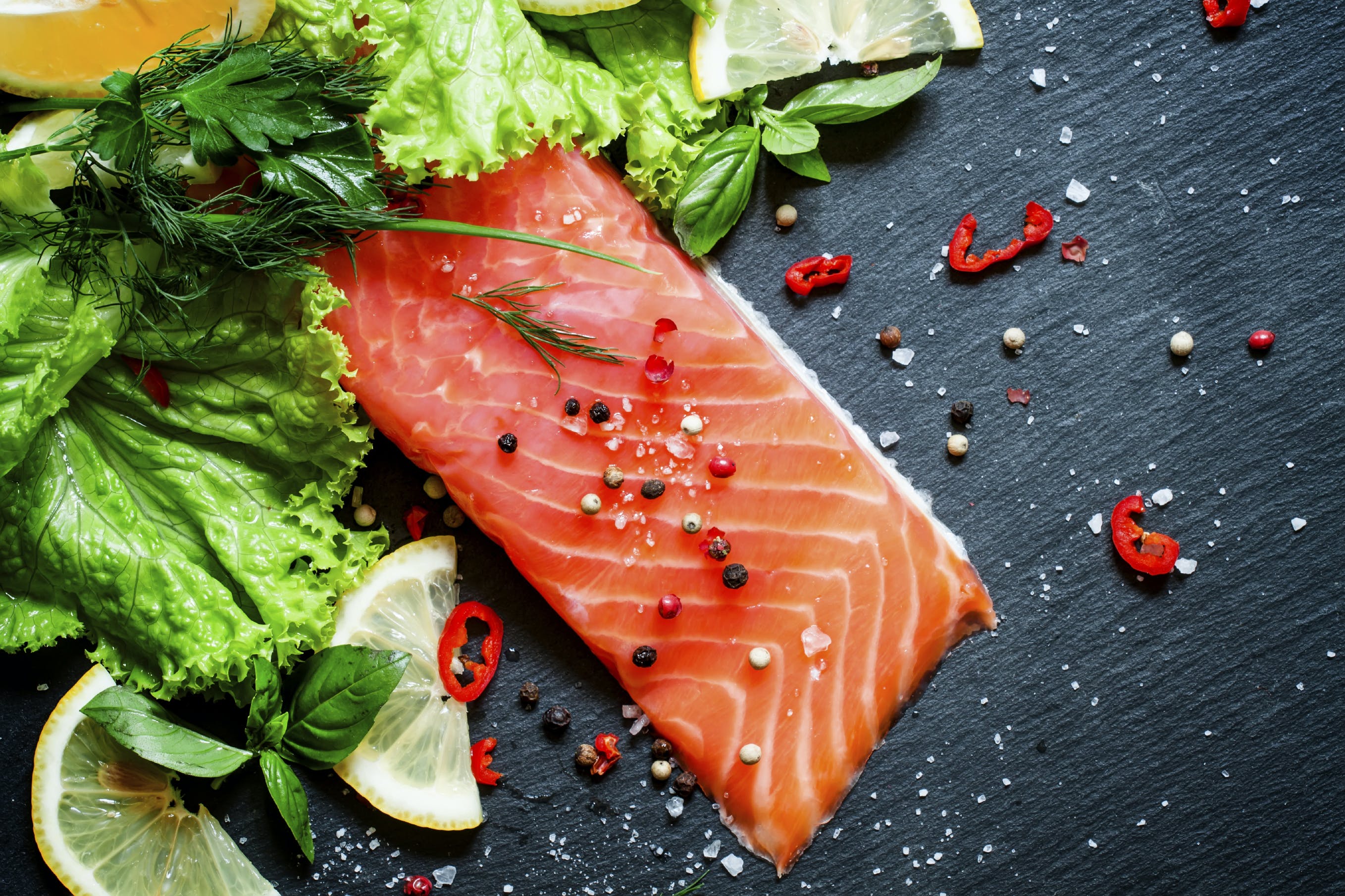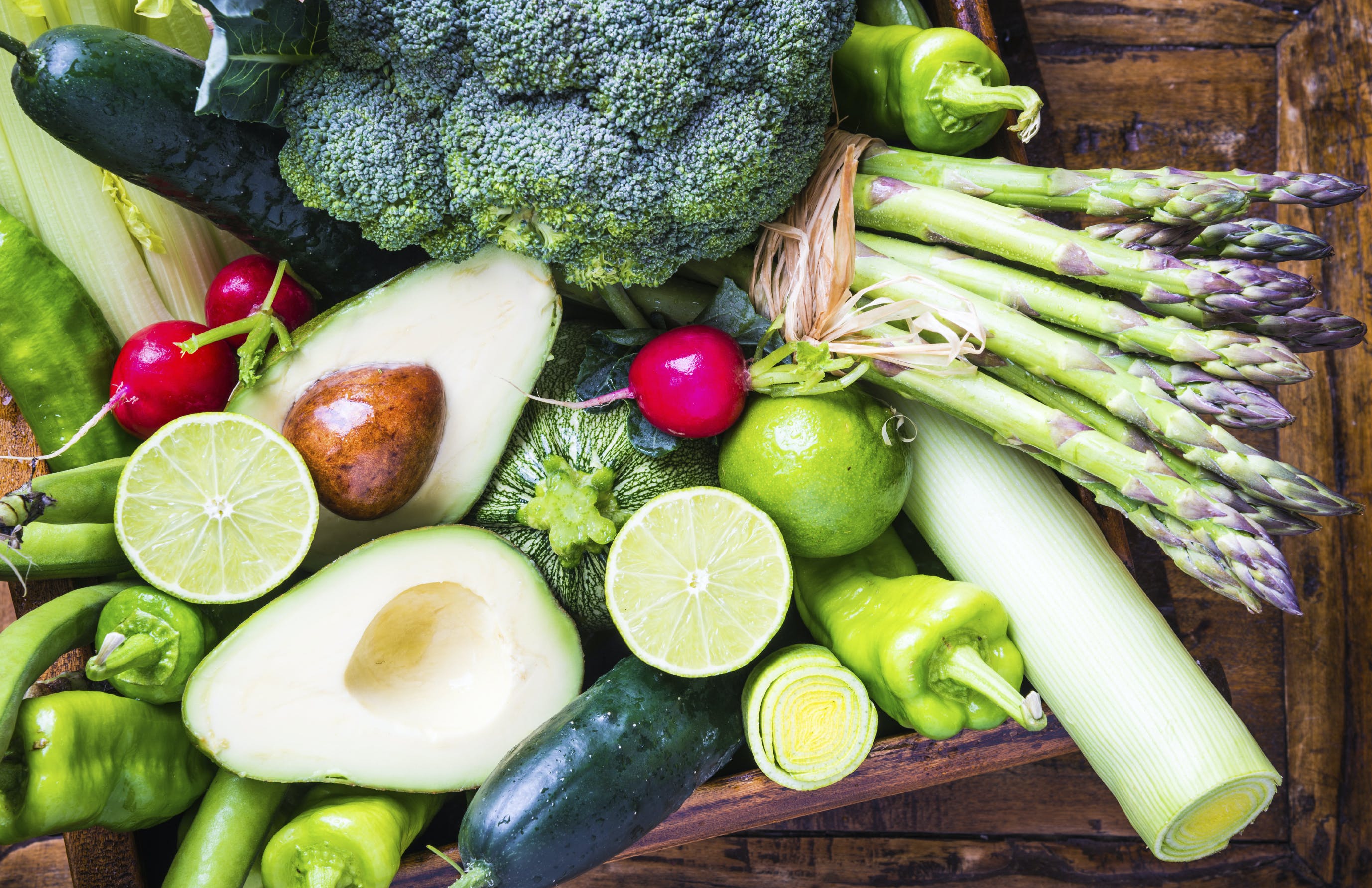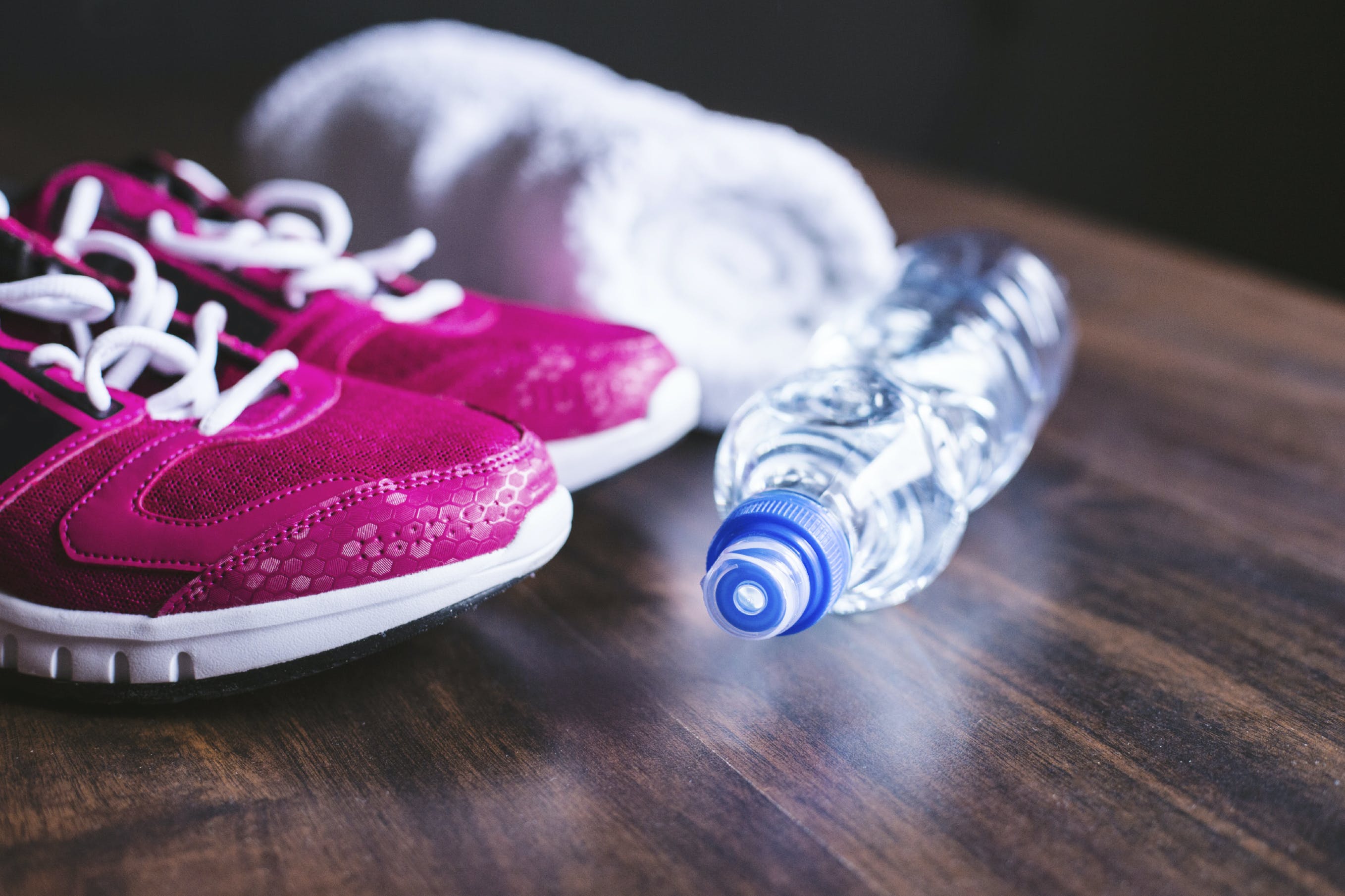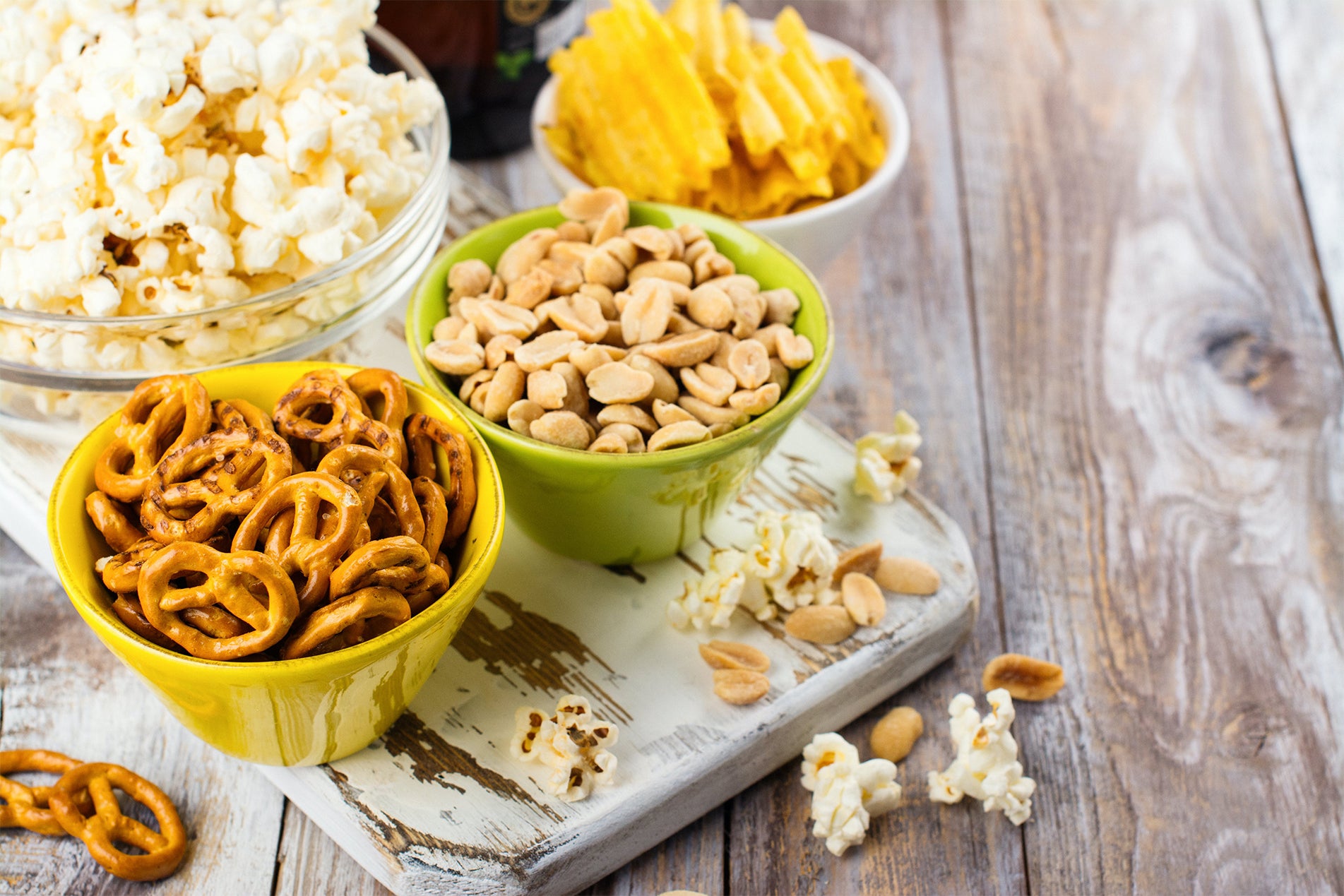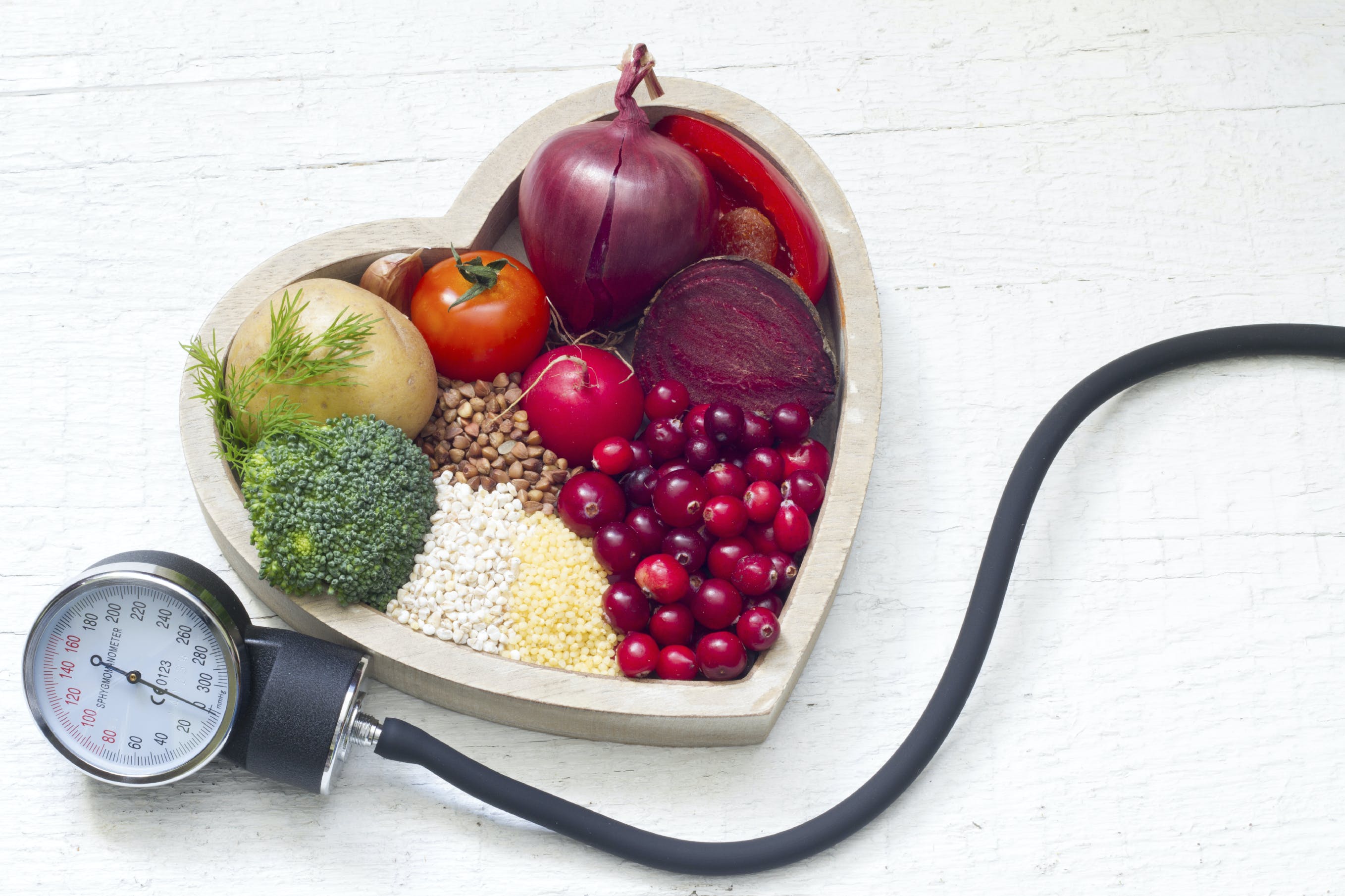Obesity rates and the overweight population are on the rise and researchers are trying to understand why this is happening and how we can reverse this trend. Despite all the attention and research going toward lowering the rate of obesity, there’s still confusion among experts and the general public about metabolism, how your body processes food, and the biological process of weight loss.
When we lose weight, where exactly does all the fat go? It’s important that we know the answer to that question, because the answer provides the key to fighting obesity. This knowledge can help us build more tools and educational programs to better understand how our bodies work. And when we understand how fat is really stored and burned, we have more control in our weight management efforts.
Popular Myths about Fat During Weight Loss
Most people don't know what happens to fat during weight loss, but there are common misconceptions about the process. The popularity of these ideas can come from a number of places, including unqualified research on the internet, a misunderstanding of explanations given by medical professionals, or unsubstantiated word of mouth. The most common include:
- Fat is converted to muscle.
- Fat is converted to energy or heat.
- Metabolites (byproducts) of fat leave the body through the excretory system.
The Real Story
When your body doesn’t use up all of the calories you’ve consumed in your diet, the extra calories get stored as fat. Excess carbohydrates and protein are converted into triglyceride, a type of fat found in your blood. Triglyceride is then stored in lipid droplets of fat cells, called adipocytes. Excess dietary fats are more easily stored and don’t require any conversion aside from lipolysis, in which lipids are broken down to release fatty acids. People who wish to lose weight are attempting to metabolize the triglycerides that are stored in their fat cells. In other words, they’re trying to use up and break down fats so that less gets stored in their bodies.
Lifting the Veil on Weight Loss
At rest, an average person who consumes a balanced and varied diet, exhales a certain amount of carbon dioxide every minute. This same person exhales double the amount when he or she is awake and performing everyday activities. Exercising releases seven times the amount of carbon dioxide! Ultimately, the lungs are the primary excretory organ of fat and losing weight requires unlocking the carbon that is stored in fat cells.
While weight loss is not a perfect science, we can all agree that it’s important to keep moving. The more active you are, the more carbon dioxide you exhale, which is how fat exits your body. However, consuming excess food easily hinders weight loss efforts, even with physical activity, because the caloric intake of food offsets the amount of carbon dioxide that gets exhaled.
So, remember to combine your exercise routine with healthy, portioned meals so you’ll have more control over your weight and your health!
Nutritional information
Recipe: Creamy Green Strawberry Dream Serving in this recipe:1
- Calories: 236.6
- Total Fat: 3.6 g 5.5%
- Saturated Fat: 0.4 g 1.9%
- Cholesterol: 0 mg 0%
- Sodium: 358.7 mg 14.9%
- Total Carbs: 45.7 g 15.2%
- Dietary Fiber: 9.9 g 39.4%
- Sugar: 22.1 g
- Protein: 8.1 g 16.2%
- Vitamin A: 481.9% Vitamin C: 244.1%
- Calcium: 68.5% Iron: 26.1%
* Percent Daily Values are based on a 2,000 calorie diet. Your daily values may be higher or lower depending on your calorie needs.



